
grilled cheese sandwich
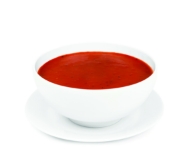
tomato soup
- Fruits
- Vegetables
- Grains
- Protiens
- Dairy


As a parent, you may have heard the advice to offer a variety of foods, but you might be wondering why it matters and how it’s done.
For good health, the human body needs more than 30 vitamins and minerals. The body can’t make these nutrients on its own, so it must get them from food. Since different foods contain different nutrients, eating a wide range of foods is what it takes to get a wide range of nutrients. The more variety of food that parents serve, the better chance kids will have of meeting their nutritional needs.
A study of the diets of infants and toddlers in the U.S. found that, of all vegetables, French fries were eaten most often. If a person eats too many French fries—or too much of any one food—they’re less likely to get the nutrients they need.
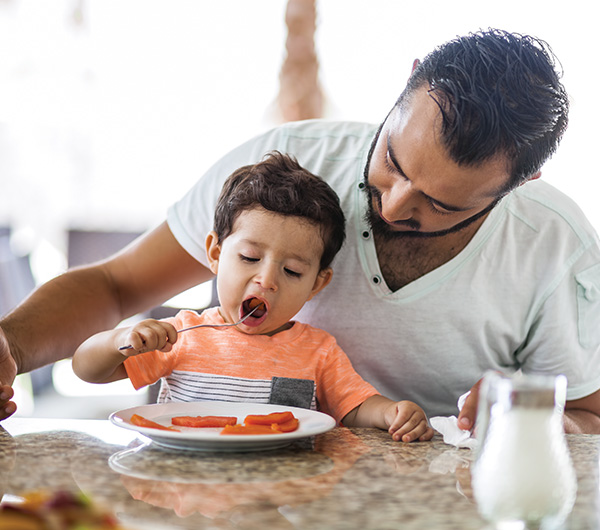


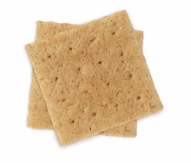

mixed-green salad
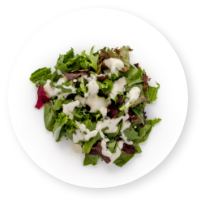
cooked carrots

mixed-green salad

cooked carrots

broccoli

corn
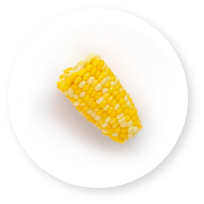
broccoli

corn

green peppers

sweet potatoes

green peppers

sweet potatoes

Getting a variety of food on the table takes some planning. Food guides with recommended numbers of servings provide a good goal. However, if we try to make children eat a certain way and push them to finish a vegetable they don’t want, it usually makes kids eat less veggies, not more.
Plan a week of meals with input from your kids, making sure each meal has at least one item that your kids are likely to eat. Include their favorite foods on a regular basis—but not at every meal. Children can make a choice between two foods. For example, if cereal and milk is on the menu, ask your child if they would like banana slices or strawberry slices on top.
Patience is key. You may offer spinach salad for a year before your children learns to like it. Children are learning about food the same way they learn to read and write. The process takes exposure and lots of practice. No one expects their three-year-old to read, so parents need to be realistic about eating, too.

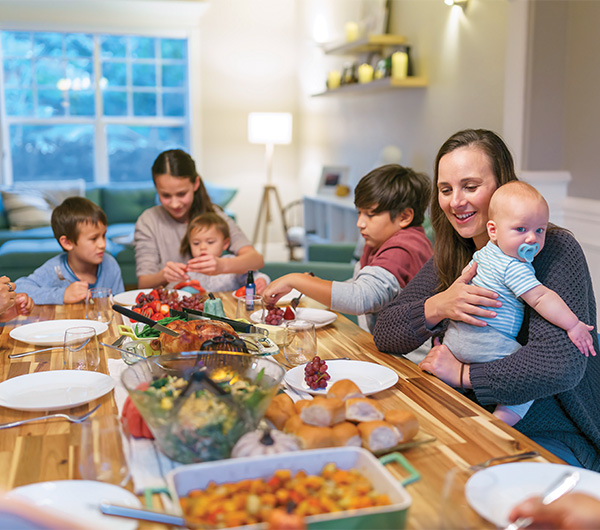
What if I don’t eat a variety of foods?
Ask yourself why. Were your food choices limited as a child? Were you taught how to cook? Once you figure out why you don’t enjoy a variety of foods, you may decide to do something about it - such as learn to cook or try small amounts of new foods.
Should you offer the foods you don’t like to your children?
Sure! Your child may love the food that you hate. Your attitude about food affects your kid’s feelings towards it, so remember to serve up those foods without negative comments. Another opportunity for kids to try these foods is at a friend’s, while at preschool, or when samples are given out at grocery stores. Also, maybe it’s time you tried your least favorite food again—you might like it!
Side-Lying Hold
This hold is useful when:
Cross-Cradle Hold
This hold is useful when:
Clutch or “Football” Hold
This hold is useful when:
Cradle Hold
This hold is useful when:
Laid-Back Hold
This hold is useful when: